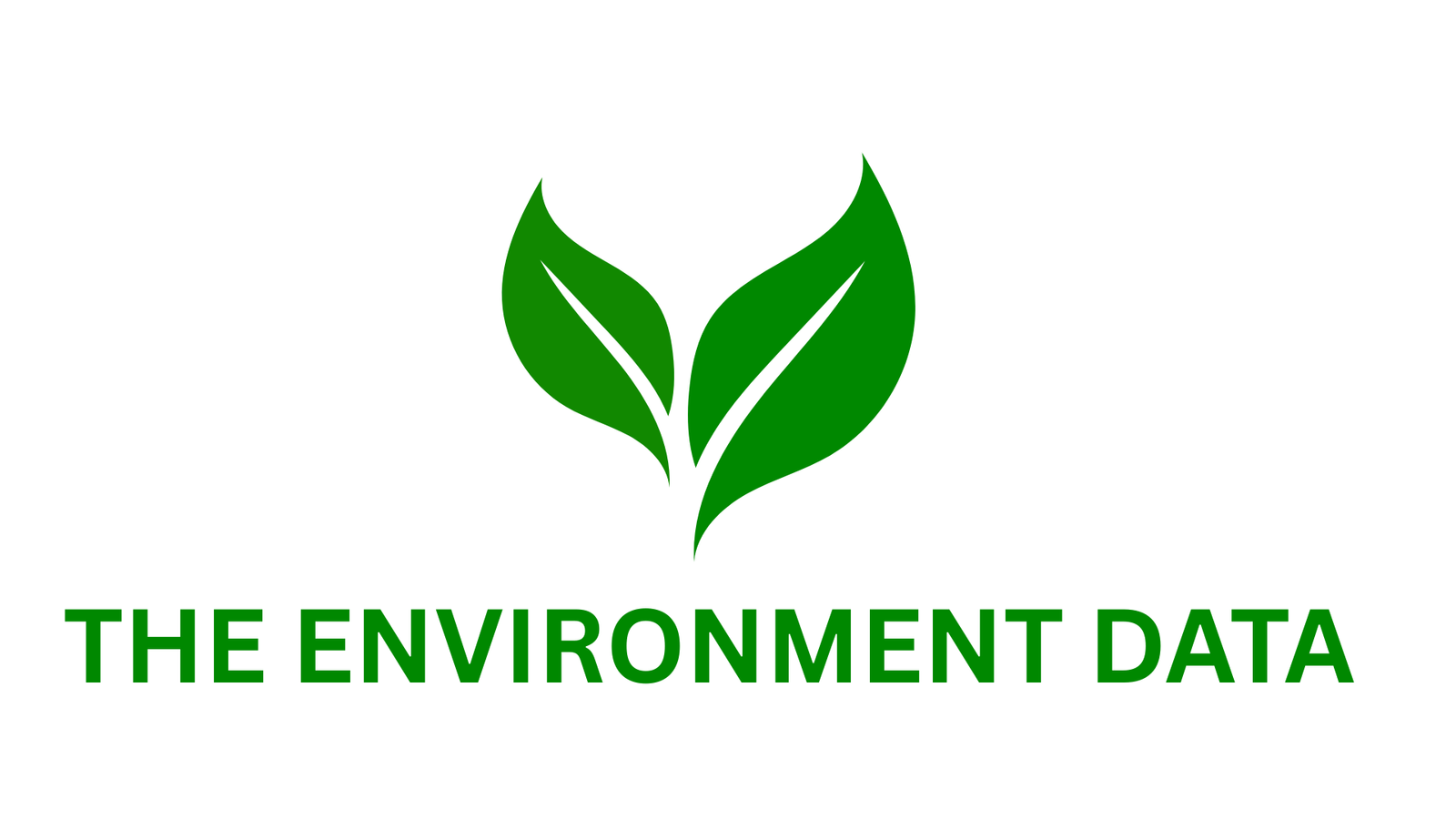Understanding PET and rPET Plastic
To understand rPET plastic, it’s essential to first look at PET, or polyethylene terephthalate—the original material from which rPET is made. PET is one of the most commonly used plastics, especially in beverage containers, thanks to its strength, durability, and versatility. Alongside HDPE (high-density polyethylene), PET is a staple material in the packaging industry. However, it’s produced using petroleum, a non-renewable fossil fuel, and manufacturing a single one-liter bottle from virgin PET requires about a quarter of a liter of oil. Given that over a million plastic bottles are sold every minute worldwide, the environmental impact of producing virgin PET is significant.
rPET, or recycled PET, is a more sustainable alternative. It is made by taking used PET plastic, processing it through recycling, and then reusing it to create new products—most commonly beverage containers. Compared to virgin PET, rPET production generates 79% fewer greenhouse gas emissions and has a significantly smaller carbon footprint. A single PET bottle can be recycled at least seven times, and with effective decontamination processes, this number could reach ten, twenty, or even more recycling cycles.
In recent years, the demand for rPET has been steadily increasing. In 2020, the total net demand for PET in the European Union (EU27) and the UK was about 5.1 million tons. Of this, 3 million tons came from virgin PET, 0.8 million tons were imports, and 1.3 million tons were derived from recycled PET. These figures suggest a slight trend away from virgin and imported PET towards rPET, with a 3.8% rise in rPET production and a 2.7% drop in virgin PET output. Notably, around 54% of all PET is used for beverage bottles, with an estimated 3.6 million tons of PET bottles placed on the EU27+UK market in 2020—marking nearly a 6% increase from 2018.
However, the supply of food-grade rPET—plastic safe for direct contact with food and drinks—is currently not keeping pace with demand. This is due to limited recycling capacity and an insufficient supply of high-quality collected PET bottles suitable for recycling. Addressing this gap will require both increased collection of recyclable PET and the expansion of advanced mechanical recycling capabilities.
Producing food-grade rPET requires strict adherence to safety and quality standards. The entire process—from the handling of used PET bottles to the operation and hygiene of the machinery used to shred and process the plastic—must meet rigorous regulations to ensure the final product is safe for reuse in food and beverage packaging. As the shift toward circular materials continues, enhancing the supply and quality of food-grade rPET will be key to reducing reliance on virgin plastic.
